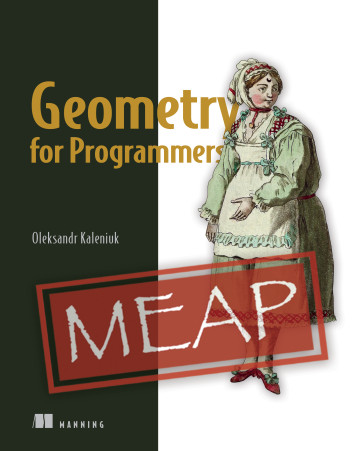Algorithms
This is Words and Buttons Online — a collection of interactive #tutorials, #demos, and #quizzes about #mathematics, #algorithms, and #programming.
A smooth and sharp image interpolation you probably haven't heard of
An image interpolation that gives us a continuous and smooth image, where every interpolated value only depends on the four neighboring pixel values. The image becomes smooth, but sharp features remain sharp.
#algorithms #demos #mathematics
A simple image processing algorithm that cleans up dirt stains from old newspapers. I called it “darning” because of how it works.
#algorithms #demos #mathematics
An interactive demo of the binary search algorithm along with its one slightly more obscure but promising variant.
#algorithms #tutorials
This is an example of an image vectorization algorithm. It shows the bilinear interpolation, polynomial approximation, differential analysis, and iterative algorithms working together to solve a practical problem
#algorithms #demos #mathematics
The simplest possible smooth contouring algorithm
A 3-part smooth contouring algorithm that shows partial derivatives, gradients, and parametric polynomials working together.
#algorithms #demos #mathematics
Interactive explanation of marching cubes and dual contouring
Marching cubes and dual contouring are often used for mesh generation. This explanation shows how they work, what are their differences, similarities, and limitations.
#algorithms #mathematics #tutorials
Tries as the evolution of nothing
Trie is a data structure. Like “tree” but different. This tutorial explains the concept behind the trie, what makes it efficient, and when.
#algorithms #programming #tutorials
An interactive introduction to iterative algorithms
An interactive explanation of how iterative algorithms work. This explains convergence and the exit condition problem on an oversimplified linear system solver.
#algorithms #demos #mathematics
| All the source code for Words and Buttons is available on GitHub. | ||
| There is also RSS with all the news. | ||
 |
I also wrote a book. It's called Geometry for Programmers and it is exactly what is says in the title. It's about splines, voxels, transformations, all in the context of efficient programming.
Here's why: why.html. |
|